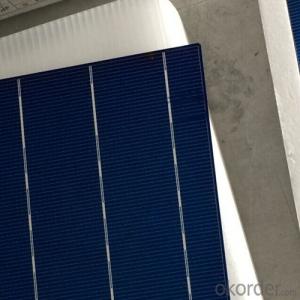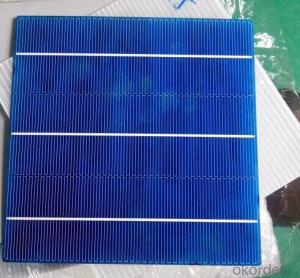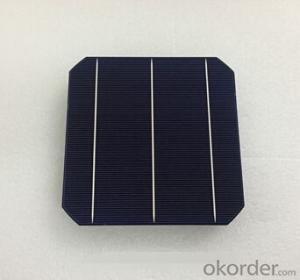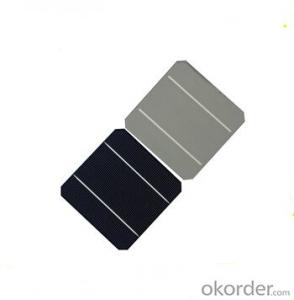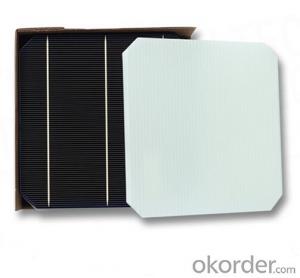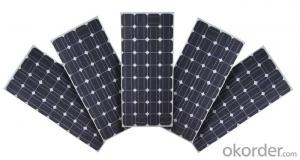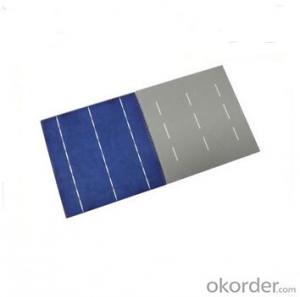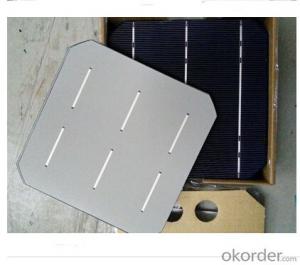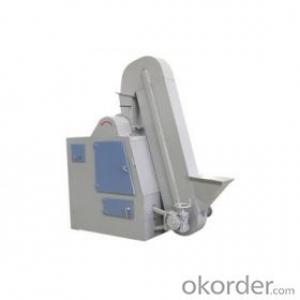Buy Broken Solar Cells
Buy Broken Solar Cells Related Searches
Raw Material For Solar Cells Roof Shingles With Solar Cells High Quality Solar Cells Light Trapping In Solar Cells High Performance Solar Cells High Output Solar Cells Best Solar Cells In The World Buy Solar Cells In Bulk Encapsulant In Solar Cells Low Light Solar CellsHot Searches
Cheap Solar Cells For Sale Flexible Solar Cells For Sale Printed Solar Cells For Sale Bulk Solar Cells For Sale 6x6 Solar Cells For Sale Broken Solar Cells For Sale Cpv Solar Cells For Sale Price Of Silicon Solar Cells Price Of Solar Cells Over Time Buy Solar Cells From China Cheap Solar Cells China Best Type Of Solar Cells Flexible Solar Cells Price Q Cells Solar Panels Price 3 Types Of Solar Cells Production Of Solar Cells Common Types Of Solar Cells Q Cells Solar Panel Prices Home Depot Solar Cells N-Type Solar CellsBuy Broken Solar Cells Supplier & Manufacturer from China
Okorder.com is a professional Buy Broken Solar Cells supplier & manufacturer, offers integrated one-stop services including real-time quoting and online cargo tracking. We are funded by CNBM Group, a Fortune 500 enterprise and the largest Buy Broken Solar Cells firm in China.Hot Products
FAQ
- I bought a new poly solar cells, and the test result of the conversion efficiency is 16.8%, is it lower than usual?
- I don't think it's lower than normal, 16.8% is pretty common in most of the power plants in my area.
- Yes, solar cells can be used in agriculture for irrigation. Solar-powered irrigation systems can efficiently harness solar energy to pump water from wells, rivers, or other sources, reducing the dependency on fossil fuels and electricity. This sustainable solution can help farmers irrigate their fields and crops, especially in remote areas with limited access to electricity grids.
- Yes, solar cells can be used to power remote communication towers. Solar panels can be installed on the towers or nearby to capture sunlight and convert it into electricity. This renewable energy source is ideal for remote locations where access to traditional power grids may be limited or costly. Solar cells can provide a reliable and sustainable power supply for remote communication towers, enabling them to function efficiently.
- The presence of dust or dirt on solar cells can have a significant impact on their performance. It can reduce the amount of sunlight reaching the cells, thereby decreasing their efficiency in converting sunlight into electricity. The accumulation of dust or dirt can create a barrier between the sunlight and the cells, preventing the photons from effectively interacting with the semiconductor material. This can result in a decrease in power output and overall energy generation. Regular cleaning and maintenance of solar panels are essential to ensure optimal performance and maximize energy production.
- Yes, solar cells can be used in developing countries. In fact, they are increasingly being used as a cost-effective and sustainable solution to address the energy needs of these countries. Solar cells provide access to electricity in remote areas where traditional grid infrastructure is unavailable or unreliable. They can power homes, schools, healthcare centers, and other essential services, improving living conditions and fostering economic development. Additionally, solar energy is abundant and renewable, reducing dependence on fossil fuels and mitigating climate change impacts.
- What can be used as the materials for solar cells?
- The thin-film absorbers
- What are the advantages of monocrystalline silicon and polycrystalline silicon in solar power?
- polysilicon, ribbon silicon, thin film materials (including microcrystalline silicon-based film, compound-based film and dye film). From the industrial development point of view, the focus from the single crystal to the direction of the development of polysilicon and film, the main reason: [1] solar head can supply more and less head and tail; [2] for solar cells, (3 hours) The production process of polysilicon is progressing continuously. The automatic casting furnace can produce more than 200 kilograms of ingot per production cycle (50 hours),
- Solar cells have a positive impact on energy security as they provide a clean and renewable source of electricity. By reducing dependence on fossil fuels, solar cells contribute to a more sustainable energy mix, decreasing the vulnerability to price fluctuations and supply disruptions associated with traditional energy sources. Additionally, solar cells can be installed at various scales, from individual households to large-scale power plants, enhancing energy diversification and decentralization, thus strengthening overall energy security.

